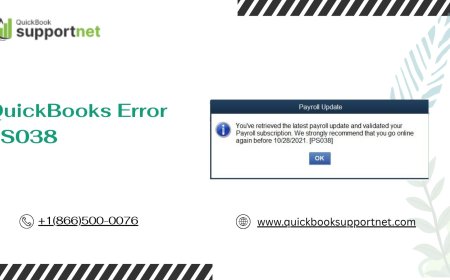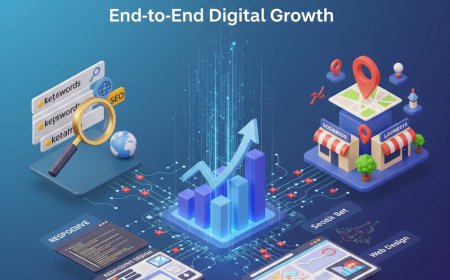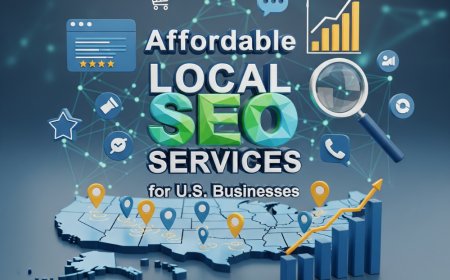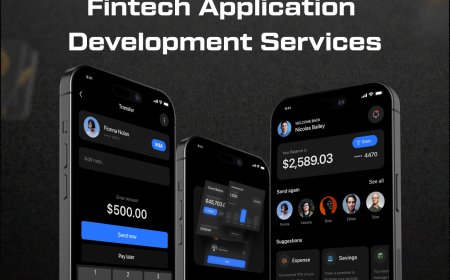How Much Does an ERP System Cost? Everything You Need to Know For 2025
Learn the total cost of ERP in 2025. Find out about hidden costs, essential components, and how to pick an ERP development services system that fits your business requirements.

Introduction
Although, in the haste of todays dynamic digital economy, businesses require a central system of everything being managed at one place with top-notch efficiency. Thats when an ERP development services system can be helpful. From finance to HR, from supply chain to customer service, the ERP system combines all these business processes on a single, unified platform.
However, deploying an ERP development services system isnt just a simple plug-and-play operation. And it takes a lot of planning, resources, and time investment. Lot of the enterprises fail to calculate the cost involved in the ERP implementation. A solid understanding of what the total cost may accumulate if you implement an ERP development services system in 2025 can help companies avoid nasty surprises and can position no-brainer investments in context.
This article analyzes every potential price that can come out of adopting an ERP systems from licensing and hardware to training and long-term support.
ERPs: Why the Implementation Is a Long-Term Investment
An ERP is more than simply software its a system that supports the entire life cycle of your business processes. Putting it in place requires you to reorganize your companys workflows, data handling and technology infrastructure.
The reason companies tend to look for ERP systems is because they:
- Eliminate manual tasks and redundancies
- Enhance real-time data access
- Improve operational efficiency
- Support scalability and growth
- But this gear-changing impact does not come for free. Lets dissect the largest buckets of that budget.
Software Licensing Costs
Cloud vs. On-Premise ERP
Your company will need to decide in the early stages of the process whether it wants to work with a cloud-based, or on-premise, version of ERP. Each has its own cost structure.
Cloud ERP: You can purchase it with a subscription, usually paid monthly or annually. Lower initial costs but possibly higher in the long run.
On-Premise ERP: High upfront licensing cost. Costs for on-site server hardware and enterprise IT services are included.
Typical Range:
Cloud ERP: $100$500 per user/month
On-Premise ERP: between $1,000 and $5,000 per user (one-time)
Customization and Development Costs
Every business has unique workflows. Typically, a certain amount of tailoring is needed to fit the ERP software to a company's business procedures.
This is where an ERP software development companies system provider comes in. They are instrumental in shaping the solution, whether its customization of dashboards, creation of new reports, or integration with third-party applications.
Estimated Costs:
Basic customization: $5,000$25,000
Advanced customization: $25,000$100,000+
Implementation and Deployment Fees
These costs include planning and installation, data migration, project management and configuration system settings. Cost: The number of business processes and amount of data in your organization greatly impact the cost.
Project Planning and Analysis: Gathering requirements and scoping out projects.
Data Migration: Moving historical data from old systems into the ERP system.
System Testing & Validation: Making sure it all works at it should before you go live.
Typical Range:
Small business: $25,000$50,000
Medium business: $50,000$150,000
Large enterprise: $250,000+
Training and Change Management
Switching to a new system requires employees to unlearn old habits and grow conversant with the new interface. Good training is key to the success of an ERP system.
- On-site workshops
- Online training modules
- User manuals and support documentation
- Estimated Costs:
$500$2,000/employee, depending on the level of the training needed
A good ERP development services provider usually comes with well thought through training modules as part of their package.
Hardware and Infrastructure (If On-Premise)
Should you opt for an on-premise solution, here are things you would have to spend money on:
- Servers
- Network devices
- Security appliances
- Backup systems
This productive infrastructure is significantly more expensive than cloud computing, where the vendor owns the hardware.
Hardware Cost Estimate:
$10,000$200,000, based on scope and complexity
Ongoing Maintenance and Support
Once it has been implemented, youll require technical aid to maintain smooth functioning. There are support plans that include upgrades, monitoring of your system, bug fixes, and help.
Cloud ERP: Usually part of subscription fees
On-Premise ERP Maintenance and support costs (15-25% of license)
This means that you can trust, your system is never going to be out of date and that your system will still be in line with business requirements.
Integration with Other Business Systems
Integration Capabilities: ERP systems often require to integrate with other software like CRM, payroll, or eCommerce systems. It also brings data consistency and eliminates duplicate work.
Common integrations:
- Payment gateways
- Inventory and warehouse management
- HR systems
Estimated Integration Costs:
- Simple integrations: $2,000$10,000
- Complex integrations: $20,000+
- Hidden Costs You Might Overlook
Some less obvious costs include:
Downtime: Reduced productivity due to migration or training.
Fees charged for advice: Outside help with complicated plans
License upgrades: once your company scales
Regulatory management solutions: Particularly beneficial for businesses in heavily-regulated fields
So when you plan for these emergencies, it keeps your budget reasonable and doable.
Return on Investment (ROI)
Although implementation costs can be substantial, an ERP system that is implemented properly provides a tangible return on investment in such ways as:
-
Improved decision-making
-
Operational efficiency
-
Reduced errors and manual work
-
Increased customer satisfaction
Solution here is to select an ERP development services system partner that can work with you to ensure that you arent just making a one-time investment in ERP but in a system that is designed to support your business even as it grows.
Conclusion
Adopting an ERP in 2025, demands a sound financial plan. Each of those components, from licensing and infrastructure to training and support, has a price that requires careful consideration when being planned. Those companies that rush implementing their ERP without visualizing the entire picture, sure regret the incompetent efficiency, delayed time and over-spending time.
This is where teaming up with a trusted ERP development services service provider makes sure that your ERP application not only meets your requirements but also is cost-effective and completely scalable. Through a methodical process and understanding of all factors of cost, enterprises can transform ERP implementation into a growth and digital transformation accelerator.
























